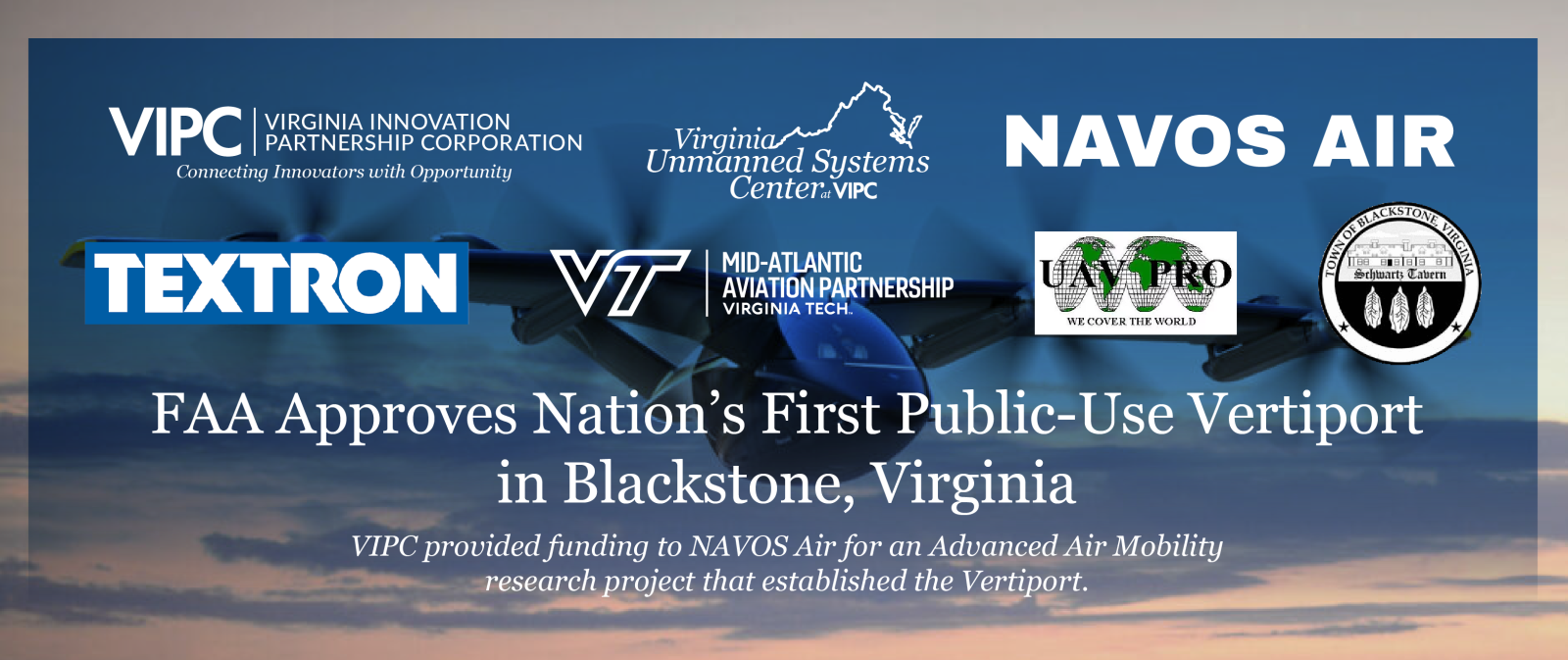
With the anticipated start of air taxi services in the US set for 2025, it’s not exactly premature for the Federal Aviation Administration (FAA) to have issued its first approval of a vertiport – a conditional greenlight that nevertheless permits development and research of nearing advanced air mobility (AAM) activity.
The qualified authorization was granted to Virginia’s Allen C. Perkinson Blackstone Army Airfield (KBKT), a dual-purpose military-civilian facility. Once the project is cleared by the state’s Department of Aviation, the vertiport will be used to research an end-to-end concept of AAM transport operations.
Though clearly only the beginning of preparations to establish and trial infrastructure that will be essential to permitting air taxis to begin operation when craft developers plan service launches in 2025, the conditional FAA authorization to start testing AAM applications at KBKT is the first in what is expected to be considerably augmented ground activity over the next few years.
The program to outfit KBKT as a vertiport for next-generation electric aircraft is largely the work of the Virginia Innovation Partnership Corporation (VIPC), the NAVOS Air aerial navigation services company, and several university research and state development agencies.
According to a VIPC communiqué announcing the FAA’s conditional approval, the vertiport added to KBKT will initially begin using smaller UAVs to replicate air taxis and other AAM aircraft while the facility is being developed, and its tech tested and perfected.
“Leveraging existing approved infrastructure methods modified for new use cases and research applications will enable AAM operations sooner while providing opportunities to inform the development of future air traffic management systems and facilities” said Matt Burton, the technical director at NAVOS Air. “Designating vertiports is part of the beginning of real progress towards enabling AAM.”
During its earlier research phase of the project, NAVOS Air analyzed the potentials of using a heliport equipped with instruments and procedures optimized for UAV operation. That experience provided NAVOS Air with the insights that allowed it to move into action as soon as the FAA released its vertiport design guidelines last year.
It also positioned the NAVOS-VIPC tandem to gain relatively fast FAA approval to develop the KBKT vertiport plan as a test bed, model, and possible active platform of future air taxi and other AAM flights.
“We congratulate VIPC, Navos, and the airport sponsor on their efforts to create the first public-use vertiport in the commonwealth,” said Greg Campbell, director of the Virginia Department of Aviation. “This development aligns with Virginia’s established role as a leader in the development unmanned systems and emerging technologies.”
FTC: We use income earning auto affiliate links. More.




Comments